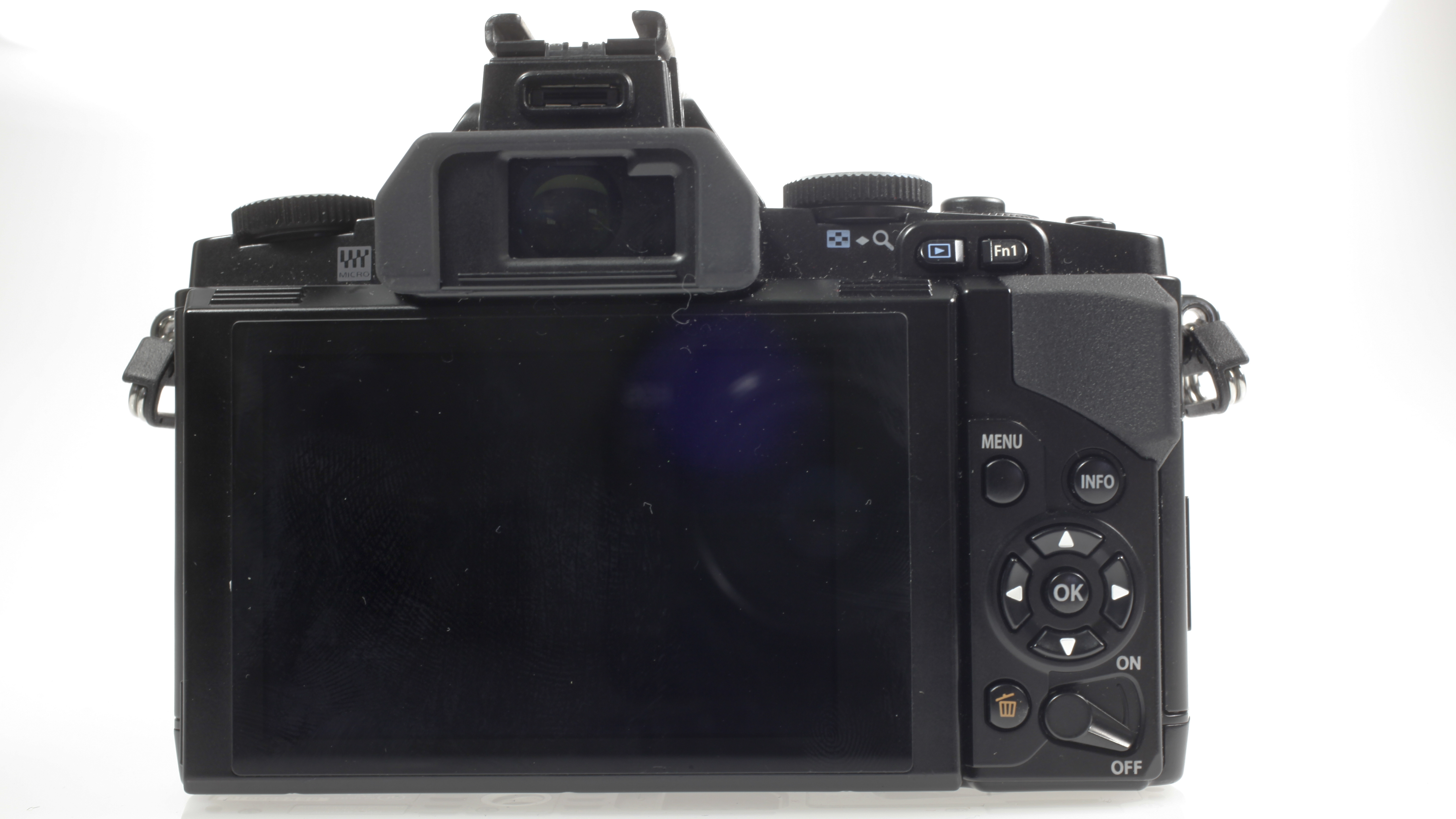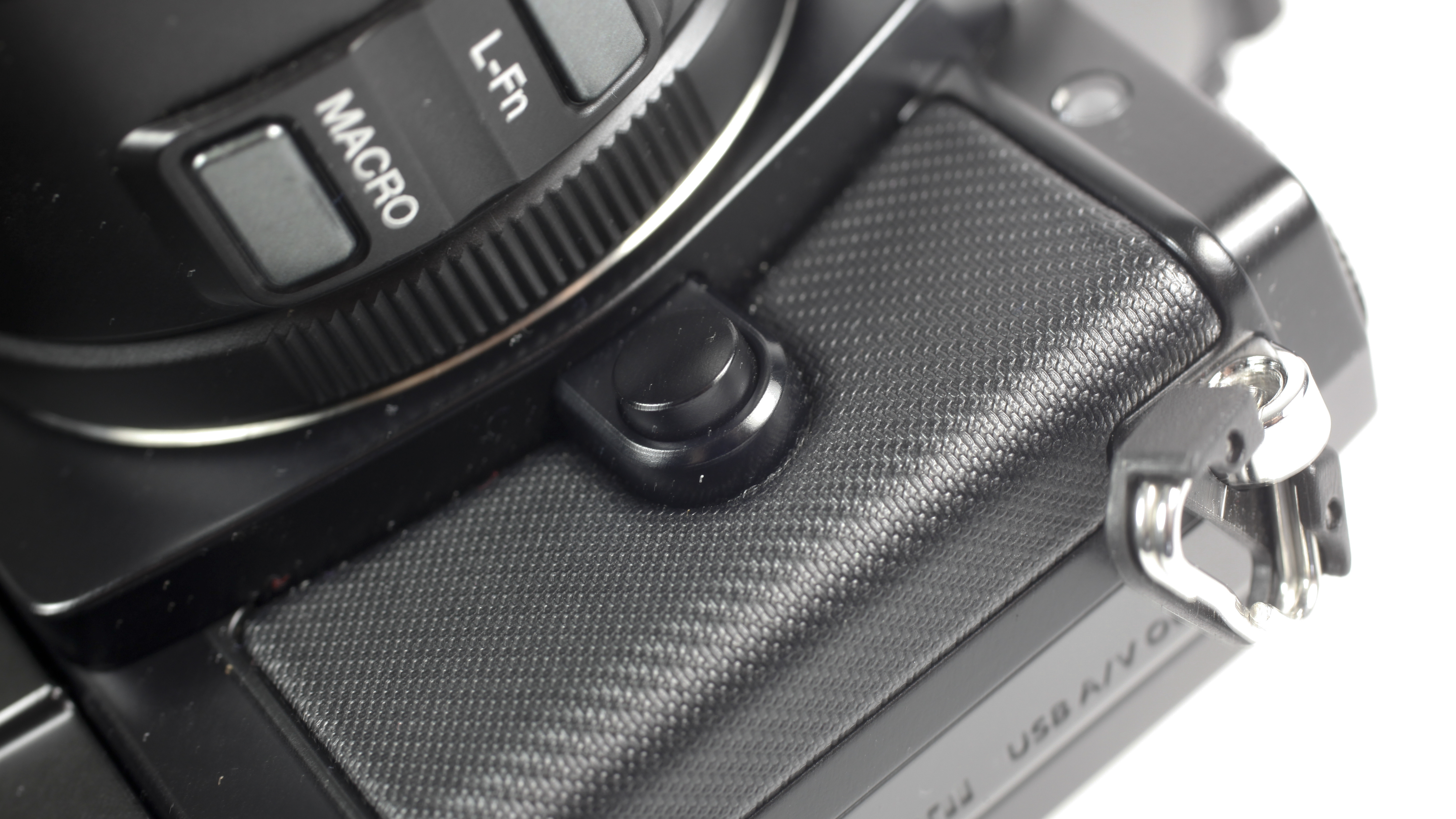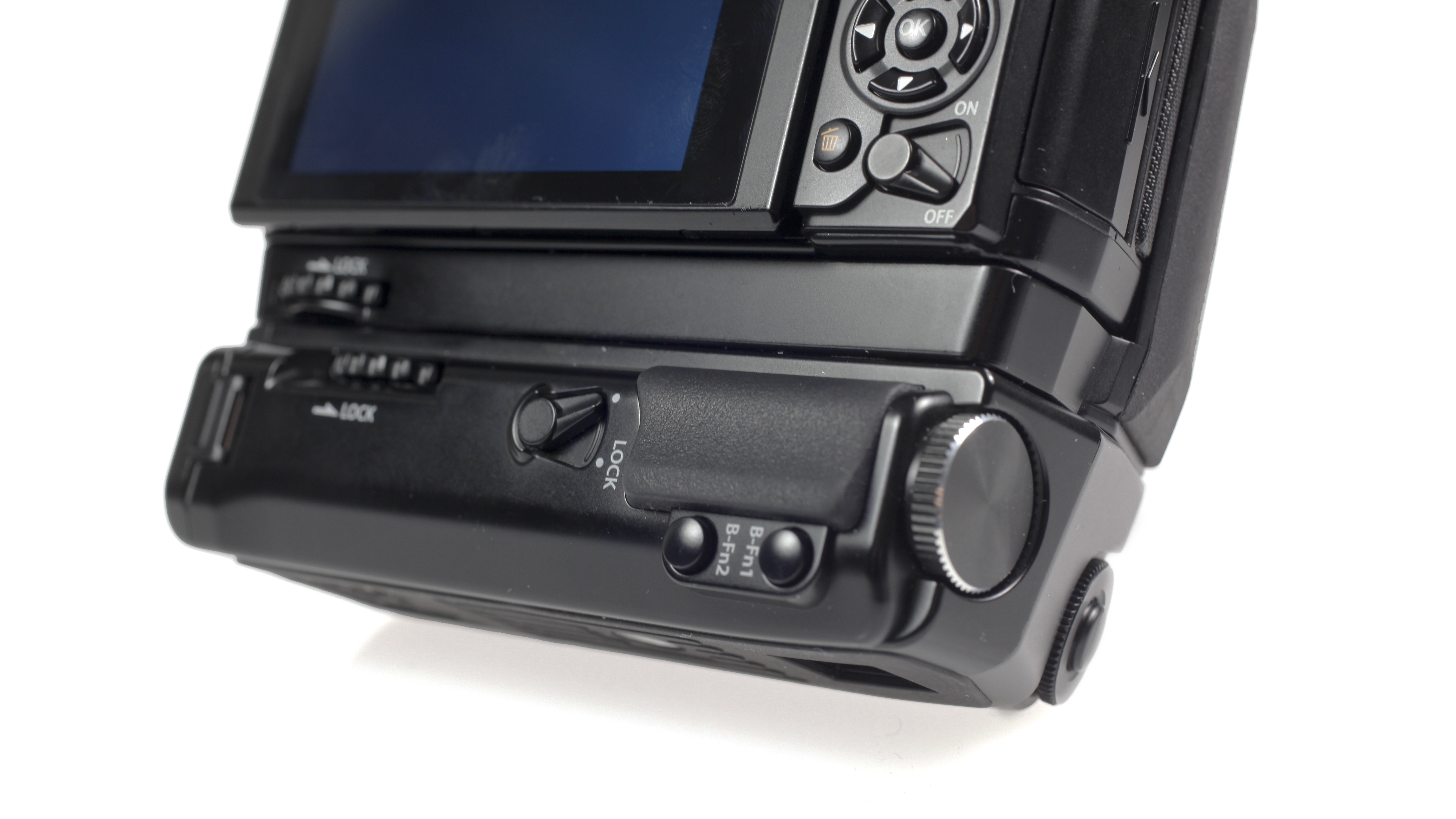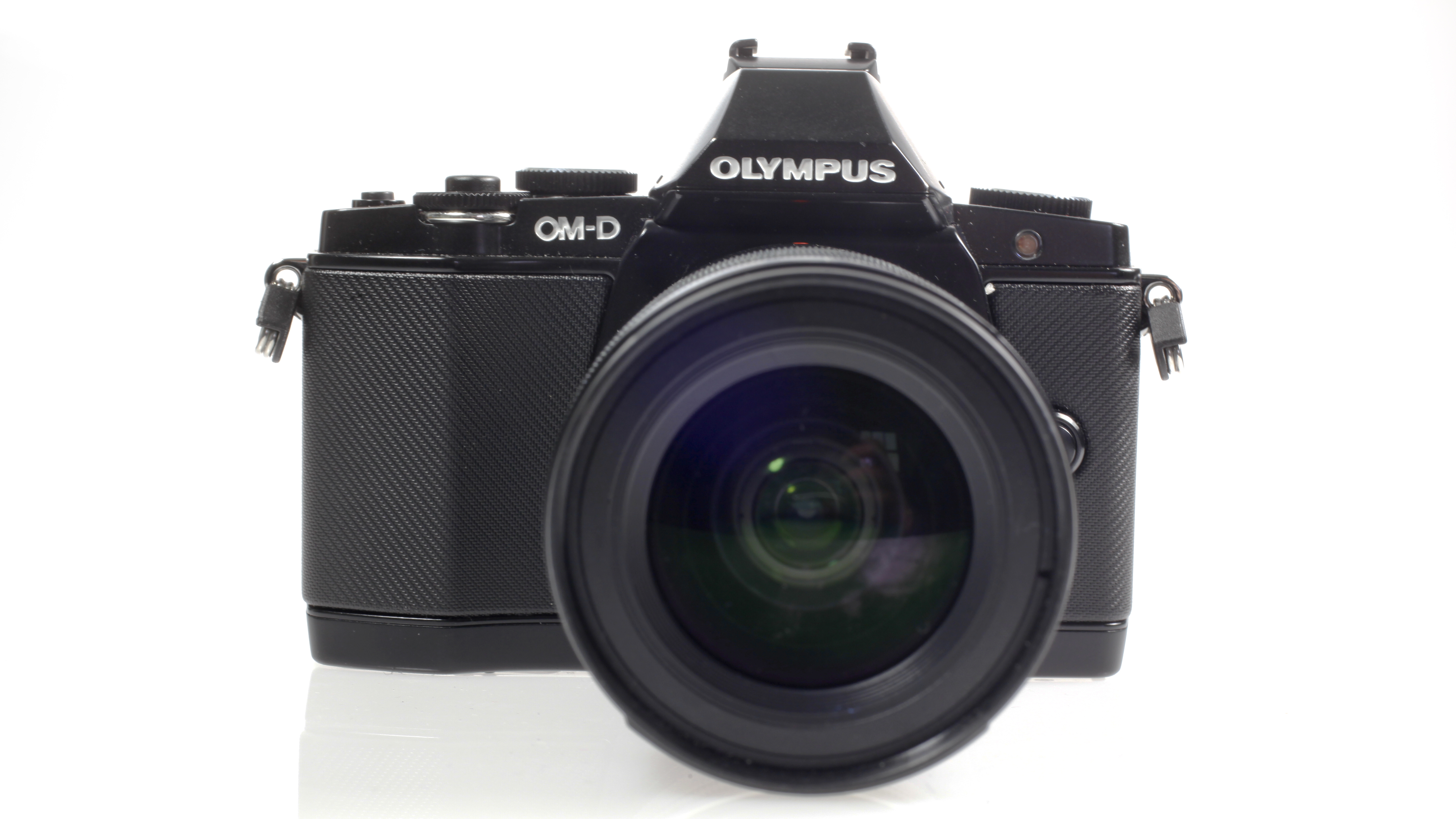Why you can trust TechRadar
Image quality from the Olympus OM-D is very good, producing a noticeable improvement over the 12 million pixel sensors found on its PEN series and making a fantastic argument for compact system cameras (CSCs) in general.
The level of detail captured is particularly impressive, especially when shooting in natural light and using low sensitivity settings, while JPEGs straight from the camera are very sharp indeed.
In most situations, the OM-D's automatic white balance setting does a good job of producing accurate colours, although it does struggle a little indoors under artificial or mixed light - tending to favour warm tones. Switching to incandescent white balance mode is easy though, and it performs well.

As we have found before with Olympus cameras, the multi-purpose 324-zone ESP metering on the E-M5 is pretty consistent, and the system accurately judges the exposure in most situations. There is also the option to switch to spot and centre-weighted metering, which we used in a couple of tricky lighting situations and found worked well.
Low-light
At the launch of the OM-D, Olympus was keen to emphasise improvements it had made to high sensitivity (ISO) performance, which again is something that is noticeably better than on its PEN series of cameras.
We've found that although image quality does start to drop off from about ISO 1600, some of the images captured all the way up to ISO 10,000 are perfectly usable, especially when publishing online or printing at relatively small sizes.
For most every day situations, the noise control means that images taken at up to ISO 1600 are more than acceptable.
Sign up for breaking news, reviews, opinion, top tech deals, and more.

Another key new feature is the reworked image stabilisation system. This is designed to help keep the image sharp across the frame, and we've found that it consistently performs well, although it struggled when shooting a low-light macro image at high ISO.
There seems to be an on-going argument between Panasonic and Olympus about which exactly has the fastest autofocus, but at the time of the OM-D launch, Olympus claimed that this camera, with its FAST (Frequency Acceleration Sensor Technology) was the fastest in the world.
We were impressed by the speed of the autofocus, but can't honestly say that we noticed a marked improvement from the PEN E-P3 (which was also claimed to be the fastest at its launch). However, given that we are talking about microseconds of difference, it's probably not worth quibbling about, needless to say it is very fast, locking on to the target nigh-on instantly in almost every situation.
Colours are generally represented well, producing bright images which don't suffer from being overly vibrant, however we did on occasion find some benefit to boosting the saturation in post processing.
Art filters
Olympus is well known for its wide array of art filters, and has added some new functionality to the OM-D. One completely new filter - Key Line - is joined by two new variations to those brought over from the PEN E-P3, a black and white "Dramatic Tone" mode and a another version of Cross Process.
As with the PEN series, art filters can be deployed when shooting in P, A, S, M modes, allowing creative control over parameters such as aperture to be retained. Not only this, but images can be captured in both raw and JPEG, allowing the filter to be removed (or even swapped for another one) in the post-capture editing stage. This offers a clear advantage over its biggest competitor, Panasonic, as cameras in the G series are not capable of this.
In terms of how the art filters perform, some will not be to everyone's tastes, for example, we can't see the new Key Line feature, which is supposed to replicate the look and feel of Manga-style Japanese cartoons being especially popular outside of Asian countries.
However, the new variations on Cross Process and Dramatic Tone are a welcome addition, especially the latter which produces an impressive HDR style monochrome image.
Live Time
Live Time is a new feature for the E-M5, which helps with the composition of long exposures. In Live Time mode (which can be accessed by scrolling to the end of the shutter speeds) the developing long exposure is is displayed on screen as soon as the shutter is released so it's possible to stop it when you believe the exposure is correct.
This is a very exciting piece of technology, and it will surely be appreciated by landscape and low-light photographers who will be able to gauge how successful an image is at the capture stage. However, for such a revolutionary function, we're surprised this is not more prominent being relatively hidden away in the shutter speeds. If this was a menu function, we think it would be found and used by more people.
Processing speed and battery life
Although overall the camera's processing is very fast, it's worth bearing in mind that it can be a little tardy at times, such as when shooting with Art Filter bracketing, using the Live Time mode and shooting several continuous sequences.

The Olympus OM-D E-M5 promises 330 shots from its battery, which we found to be about accurate, and it's worth remembering that this can be boosted by the addition of the battery grip. After a day of heavy shooting with the camera, it was starting to wane, but for the average user we can't see battery life being too much of an issue.
A number of basic edits can also be made in-camera with the OM-D. This is a feature which is growing in prevalence on the digital camera market. On this model these include processing raw files to JPEG, converting to sepia and adjusting the saturation.
Olympus Viewer 2 software is supplied in the box and this can be used to make edits and convert raw files. Although it doesn't offer the same level of fine tuning of some aspects as rivals from Canon (Digital Photo Professional) and Nikon (View NX2), it is more than adequate, providing a good level of control.
It also offers advantages over processing raw files in Photoshop (or similar). For instance, if you decide to shoot at 3:2, 1:1 or 16:9 ratios, the camera will still capture a 4:3 ratio frame, meaning you can alter the composition later if necessary. You can also remove and swap art filters using this software.

Amy has been writing about cameras, photography and associated tech since 2009. Amy was once part of the photography testing team for Future Publishing working across TechRadar, Digital Camera, PhotoPlus, N Photo and Photography Week. For her photography, she has won awards and has been exhibited. She often partakes in unusual projects - including one intense year where she used a different camera every single day. Amy is currently the Features Editor at Amateur Photographer magazine, and in her increasingly little spare time works across a number of high-profile publications including Wired, Stuff, Digital Camera World, Expert Reviews, and just a little off-tangent, PetsRadar.
